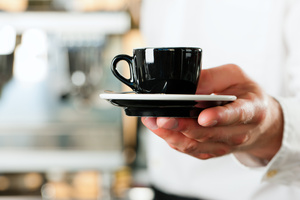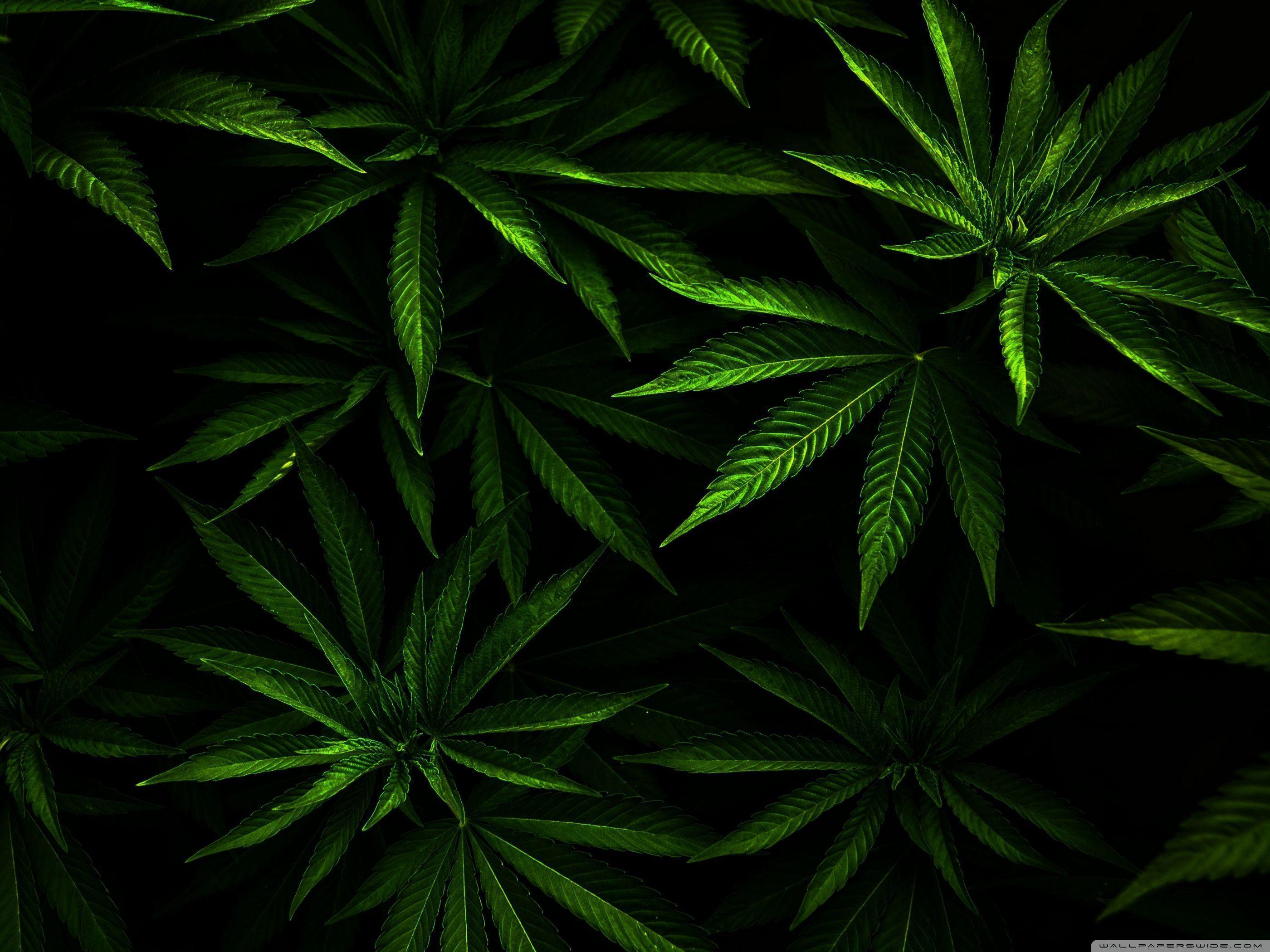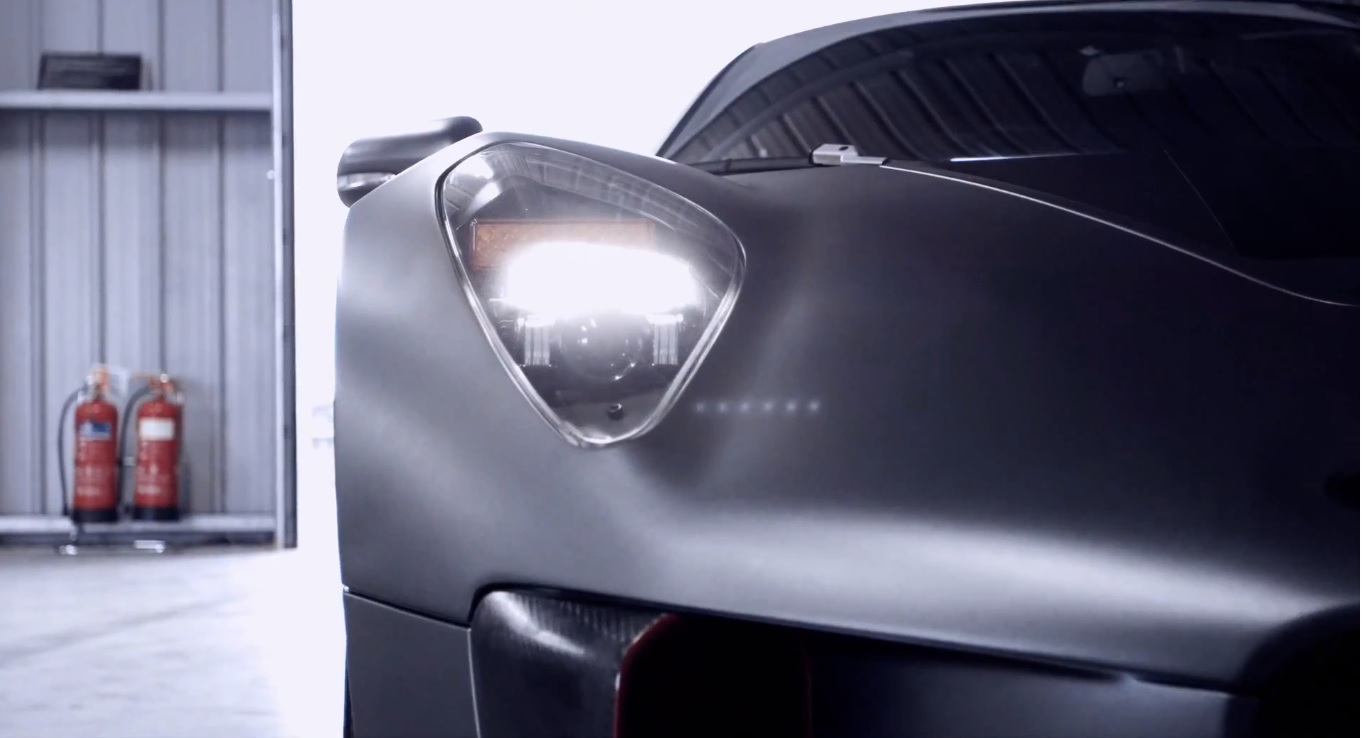Brew the Perfect Cup, Lesson 1: The Case for Better Coffee
Posted in Featured, Lifestyle by Dan ToAre you a total coffee nerd, always on the hunt for the newest and best blends? Would your home-brewing gear rival the local cafe? Or maybe you’re on the opposite end of the spectrum—you appreciate a cup of joe no matter its origin or fancy brewing technique. Whether you’re a noob or a connoisseur, this week’s Lifehacker Morning School is for you. All week, the experts from Tonx, the fresh roast subscription service, are setting out to demystify some of the contemporary coffee culture noise, and give you the knowlege you need to make great coffee anywhere. So grab your favorite cup and let’s get to learning.
Today, we’re discussing the case for better coffee. Is there really much difference between gas station sludge and an expensive cafe blend? And if there is, why should I care?
What Is Coffee?
By some accounts, coffee is the most popular beverage on earth besides water. The World Bank estimates that several hundred million people make their livings directly or indirectly in the global coffee trade. Coffee is a part of (and sometimes very cherished part of) many people’s daily rituals. Still, many myths and misperceptions persist about what makes for a good cup.
 We’ll gloss over the particulars for now, but coffee as we know it is the seed from the ripened fruit of a shrub or tree native to Africa. It grows best in tropical climates at higher elevations and is cultivated commercially on five continents. The two species of commercial interest are Coffea arabica (arabica coffee) and Coffea canephora (robusta), with arabica beans being the tastier of the two. Within arabica there are a number of subtypes with different hardiness or flavor characteristics.
We’ll gloss over the particulars for now, but coffee as we know it is the seed from the ripened fruit of a shrub or tree native to Africa. It grows best in tropical climates at higher elevations and is cultivated commercially on five continents. The two species of commercial interest are Coffea arabica (arabica coffee) and Coffea canephora (robusta), with arabica beans being the tastier of the two. Within arabica there are a number of subtypes with different hardiness or flavor characteristics.
People in the “specialty coffee” trade talk a lot about the seed to cup chain—a seemingly insurmountable series of events from plant to pour that determines whether your coffee tastes like paradise or poo. The selection of cultivar, the long husbandry of the plants, the altitude and quality of the land, the climate, the care exercised in harvesting, the meticulousness of the processing, the practices of the dry mill, the rough travel of export, the competency of the roaster, and the many variables of right brewing all come to play in what happens in your cup.
There has been a renaissance of sorts in coffee over the last several years, from the farm level to the cafe to the kitchen. There’s been a proliferation of new microroasters, a seriousness among baristas about the craft of making coffee, and an emerging gear head culture always chasing the perfect cup with the latest gadget.
But for all the noise and increasing hype around coffee, most people’s daily mugs still get filled with subpar brews. Pricey pre-ground coffee capsules and pods dominate the market on store shelves and in offices. For many, real coffee remains confusing, intimidating, overly precious, or seemingly unapproachable.
People seeking to drink good coffee are often branded as snobs. But labeling someone a “coffee snob” simply for wanting a decent cup is a bit like labeling someone a “laundry snob” for wearing clean socks. There is nothing wrong with drinking good coffee.
The Argument For Great Coffee
It tastes good. Really good, actually. A well prepared cup of coffee from freshly and expertly roasted beans sourced from growers who put real care into their crop stands head and shoulders and 10-gallon hats above the lower grade and typically stale alternatives that crowd the marketplace.
 Good coffee gets beyond the commodity system. Most of the world’s coffee is traded as a fungible commodity, like oil or corn, subject to the whims of finance wizardry and market irrationality with little concern for quality or the welfare of the farmers who produce it. The growing Specialty Coffee market has changed the game for coffee farmers and created new opportunities for economic sustainability. Good coffee is better for everyone in the chain.
Good coffee gets beyond the commodity system. Most of the world’s coffee is traded as a fungible commodity, like oil or corn, subject to the whims of finance wizardry and market irrationality with little concern for quality or the welfare of the farmers who produce it. The growing Specialty Coffee market has changed the game for coffee farmers and created new opportunities for economic sustainability. Good coffee is better for everyone in the chain.
It’s actually easy. The serious baristas at the fancy shop with the long lines, sporting the latest prohibition-era cosplay outfits and fondling their expensive espresso gear might lead you to believe that a well-crafted cup of coffee can only come from the hand of an expert—but the truth is that a good brew, once you grasp the basics, needn’t be any more difficult to prepare than a box of macaroni and cheese (and quite a bit faster).
The (Only) Case Against Great Coffee
It tastes really good. Once you get used to drinking awesome coffee, it gets much harder to suffer the bad stuff.
In our next lesson we’ll discuss the most critical and often most under-optimized piece of the coffee puzzle: your bean selection.
Source: Lifehacker
Written by: Tony Konecny






